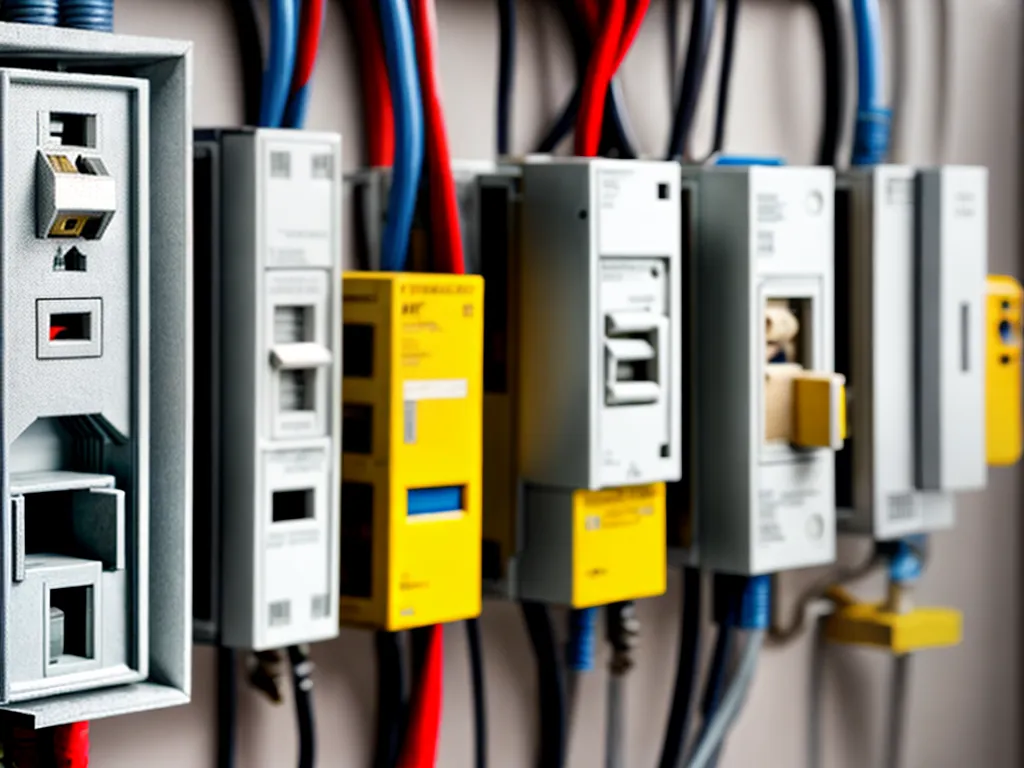
Overlooked Safety Concerns with Commercial Electrical Systems
Commercial electrical systems power and illuminate businesses and organizations of all kinds. While these systems are designed to high safety standards, even minor issues can lead to fires, equipment damage, or injuries if overlooked. This article examines some of the most common yet easily missed safety hazards with commercial electrical installations, components, and maintenance.
Electrical Panels and Wiring
Electrical panels, also known as breaker boxes, are the heart of any building's electrical system. I check this key equipment regularly to avoid critical safety issues.
Outdated Electrical Panels
Many older buildings still rely on electrical panels that are overloaded or use outdated technologies like fuse boxes. These aging systems often can't handle modern electrical loads and present a fire hazard. I recommend having a licensed electrician inspect panels over 10 years old and upgrade any antiquated equipment.
Faulty Breakers
Circuit breakers are designed to trip and shut off power to wires in the event of a short circuit or overload. However, breakers can weaken and fail to trip with age. This allows excessive current to flow and potentially start an electrical fire. I test the function of every breaker yearly by manually switching each one off and back on. Any that do not reset correctly should be replaced.
Unlabeled Circuits
If the purpose of each circuit is not clearly marked at the electrical panel, maintaining or troubleshooting problems with commercial wiring becomes difficult and prone to error. For safety, I ensure every circuit at the panel identifies where it routes and what it powers.
Exposed Wiring
Electrical boxes and conduits throughout a building can accidentally come loose or open. This exposes live wires that present a serious shock hazard. As part of electrical safety checks, I visually inspect wiring and ensure all connections and covers are secure.
Electrical Safety Devices
Safety devices such as surge protectors and GFCIs play an important role in preventing fires, shocks, and equipment damage. However, they require proper maintenance as well.
Surge Protector Testing
Power surge protectors safeguard electronic equipment from voltage spikes. But they can wear out over time. I periodically have surge protectors tested with a socket tester to verify if their protection components still function properly. Faulty units should be replaced.
Loose GFCIs
GFCIs (ground fault circuit interrupters) monitor electricity flow and quickly cut power if a ground fault occurs. But receptacles can loosen over time, interrupting the GFCI's sensing circuit. I perform monthly tests on all GFCIs using the test/reset buttons to confirm they trip when needed. I re-mount any loose GFCIs to restore full protection.
Missing GFCIs
GFCIs are now required in bathrooms, kitchens, outdoor areas, garages, and other locations prone to electrical faults. However, I sometimes find these hazardous zones in older buildings still lack GFCI outlets. I have a qualified electrician install GFCIs wherever they are needed but missing, per modern electrical codes.
Commercial Lighting Hazards
The extensive lighting systems used in businesses also require vigilance to spot developing hazards.
Broken Fixtures
Impact damage, corrosion, and component failure can cause light fixtures to crack or fall from ceilings. I perform visual inspection of all lighting fixtures as part of periodic facilities checks, looking for signs of looseness, damage, or missing pieces. Any compromised fixtures get repaired or replaced to avoid possible collapse.
Burnt Out Bulbs
Burnt out bulbs in permanently-wired light fixtures are more than just an inconvenience – they can also become a fire source. Current still flows to the dead bulb's socket, which will heat up severely without a bulb to diffuse it. Identifying and promptly changing burnt out bulbs in overhead fixture prevents this overheating fire hazard.
Emergency Lighting
Emergency lighting serves the crucial role of illuminating exit pathways during a power outage. But the backup batteries and bulbs in these systems can fail without periodic verification. To confirm emergency lighting works when needed, I conduct monthly functional tests by switching off normal power and verifying emergency lights activate as required.
By making commercial electrical safety a priority and addressing these commonly overlooked issues, I work to make businesses as hazard-free as possible for occupants. Taking proactive steps to evaluate electrical systems, repair deficiencies, and test safety components provides essential protection against preventable tragedy. Consistent, thorough electrical safety practices are a key responsibility I never neglect.